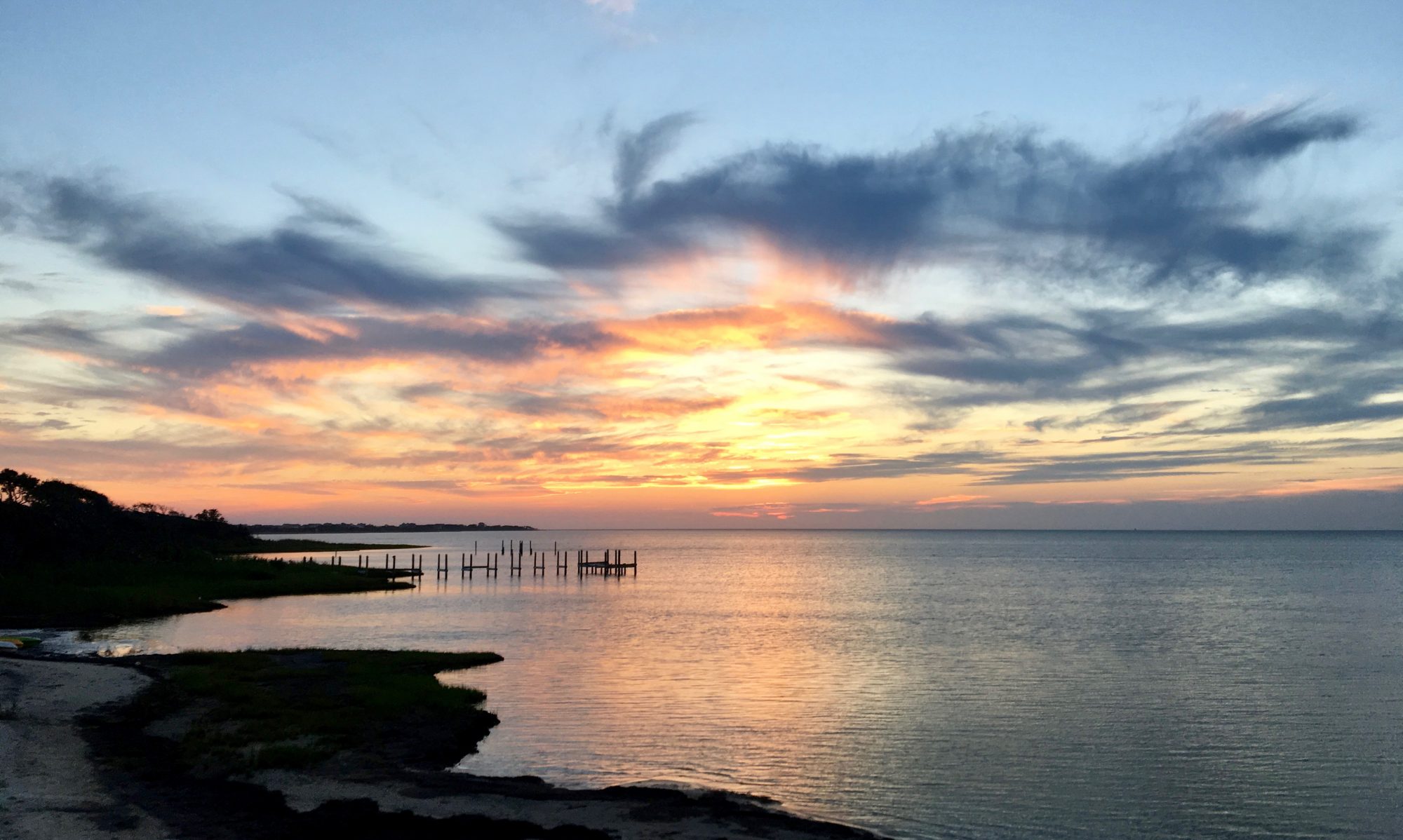By Ashley Gordon, Melanie Perello, and Steven MacLeod
While only two small-scale offshore wind projects are currently operational along the East Coast, the U.S. offshore wind market is quickly expanding. In the coming decades, as much as 26 GW of wind power could be generated within existing offshore leases between Rhode Island and Virginia. To consider how this may affect coastal communities, The Coastal Society’s Coastal Connections session, held on February 26, 2021, focused on the benefits and challenges of offshore wind development. Moderated by Jennifer McCann, Director of U.S. Coastal Programs at the University of Rhode Island and Director of Extension with Rhode Island Sea Grant, a panel of experts highlighted the planning, economic, and environmental considerations associated with offshore wind project development for coastal communities, focusing on recent development along the East Coast.
Our panel of experts held a lively discussion, addressing questions about renewable energy and carbon emission life cycles, capacity building for supply chain and job creation, impacts to fisheries, benefits of regional partnership and marine spatial planning, and challenges for offshore wind development in other regions of the U.S.
You can watch a recording of the panel here, and highlights from each of the panelists’ presentations are provided below.
Mike Snyder, Ocean and Great Lakes Program Manager for the NY Department of State’s Office of Planning, Development, and Community Infrastructure
Mike Snyder provided an overview of the various types and scales of communities involved in offshore wind development. He recognized multiple challenges and opportunities that are nested across different scales related to fisheries, marine navigation, carbon emissions reductions, rate impacts to local taxpayers, recreation/public access, equity issues, and aesthetic impacts. In the state of New York, technical working groups have been created to address environmental, commercial, and recreational fishing, maritime, and jobs and supply chain considerations. Mike also emphasized the importance of an evolutionary approach to offshore wind development. (Presentation available here)
Matt Smith, Director of Offshore Wind for the Hampton Roads Alliance
Matt Smith discussed economic development opportunities associated with offshore wind. While the majority of the current supply chain capacity for offshore wind is in Europe, the Hampton Roads Alliance is focused on building a supply chain in the Hampton Roads region of Virginia. Matt reviewed the multi-year process for U.S. offshore wind projects, which includes siting and development, design and manufacture, construction and installation, and operations and maintenance. Two offshore wind projects, Dominion Energy’s Coastal Virginia project and Avangrid Renewables’ Kitty Hawk project, will be serviced by the Hampton Roads region of Virginia. These two projects combined are anticipated to provide power to 1.4 million homes, avoid about 10 million tons of CO2 emissions, and provide a $1.43 billion direct economic impact from construction alone on the regional economy. (Presentation is available here)
Laurie Kutina, Environmental Scientist at WSP
Laurie Kutina reviewed the environmental considerations associated with offshore wind development and the U.S. agencies and regulations involved, including the Bureau of Ocean Energy Management (BOEM) and National Environmental Policy Act (NEPA). She provided examples from the New York State Energy Research and Development Authority’s (NYSERDA) New York Offshore Wind Master Plan, which charted a course to the procurement of an initial 2,400 MW of offshore wind capacity for the state. Anticipated environmental benefits to New York include 5 million tons of greenhouse gas reduction and air quality improvements, particularly in New York City and Long Island. Laurie also discussed wind turbine visibility considerations. In New York, the turbines of the closest planned wind farms would be located roughly 14 miles offshore and would be barely visible. Laurie highlighted opportunities that exist to engage in the offshore wind development process, including the NYSERDA offshore wind outreach webpage. (Presentation is available here)
For more information on previous and future sessions, visit the TCS Coastal Connections webpage. If you are interested in learning more or volunteering to help develop the Coastal Connections series, please contact us at TCSConnections@thecoastalsociety.org.

